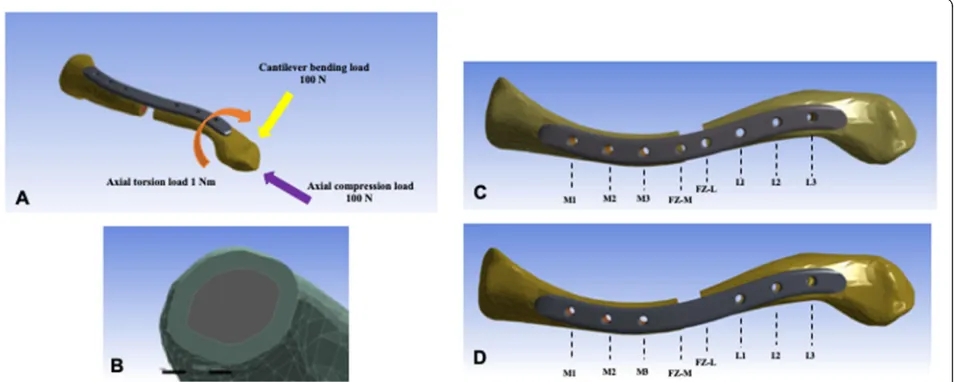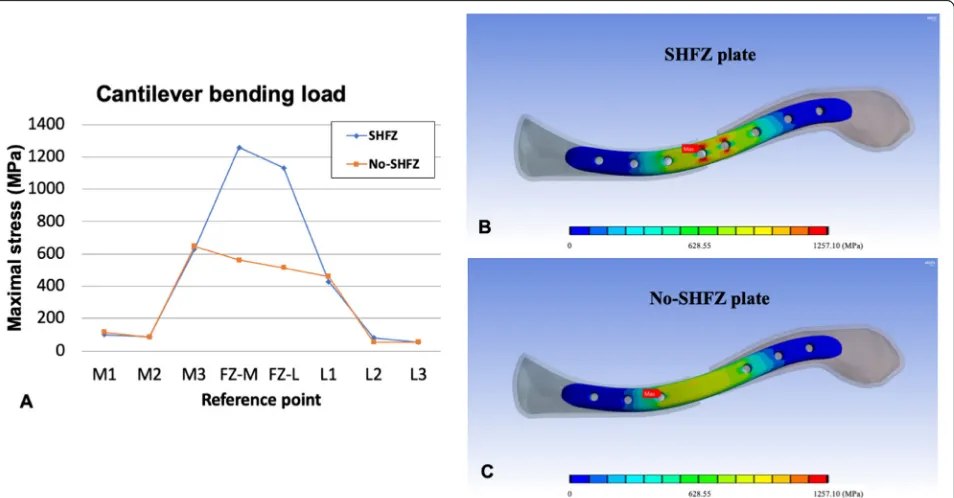Finite element analysis comparison between superior clavicle locking plate with and without screw holes above fracture zone in midshaft clavicular fracture
Full text
Figure




Related documents
materials facilitate and enhance effective teaching and learning of sciences in secondary schools.. Meanwhile the result of the findings research question three showed that the use
In general, our study revealed poor cervical cancer know- ledge of risk factors and detection method among female university graduates of Bhutan.. Similar studies conducted in
Through most of the past half cen- tury, domestic migration has fueled most of New Hampshire’s popula- tion gain: today, nearly 52 percent of the population of the state was born
The decrease in the liquid limit values for different percentages of chemicals added to the expansive soil is presented in the Table.2.. The decrease in the values of liquid limit
Along with individual and familial factors, we should consider the role that environmental factors may play in facilitating the adoption of healthy lifestyles. Certain en-
(a) Comparison of 532 nm AOD measured with shipborne CE318-T and Polly XT lidar and 500 nm AOD from MICROTOPS II and Ångström exponent at 440–870 nm from shipborne CE318-T and
Conclusions: The pilot study showed that a main study can be conducted to test auditory feedback as an intervention to promote motor learning in children who have cerebral palsy..
The design is obtained using large displacements robust optimisation formulation with threshold η ∈ U [0. 8] and volume constraint 30% of the original volume imposed on the